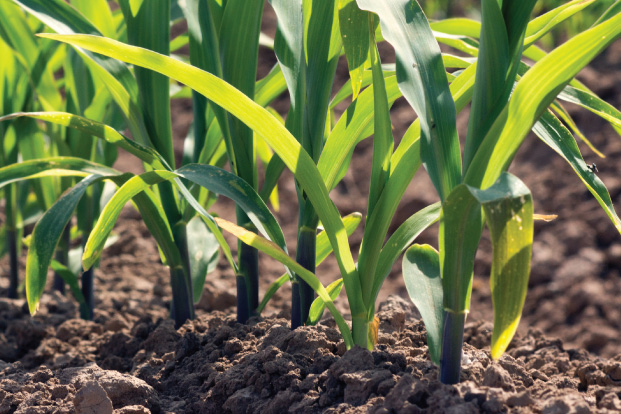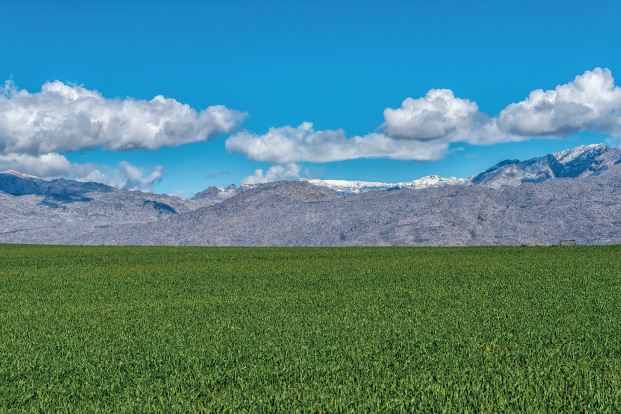What we expect from the Southern African maize supply in the 2019/20 marketing year

Developments in the global grains market, and implications for South Africa
April 3, 2019
Switching to no-till? Restore degraded soil first!
April 8, 2019
While it remains a challenge to get a clear picture of the scale of damage in maize fields in Mozambique and Zimbabwe after Cyclone Idai, we suspect that these countries will collectively have to import over a million tonnes of maize in the 2019/20 marketing year in order to fulfil the domestic needs.
In the case of Zimbabwe, the 2019/20 maize imports could reach at least 900 000 tonnes in order to meet the annual needs of roughly 2.0 million tonnes a year. Meanwhile, Mozambique will most likely double the typical maize import volume of about 100 000 tonnes a year in the 2019/20 marketing year. The key question then is from where will these countries receive these additional supplies?
Over the recent past, South Africa, Zambia, and Mexico were consistently the key suppliers of maize to Zimbabwe, and Mozambique. But this year conditions could change somewhat as South Africa, and Zambia has tight supplies due to expectations of a poor harvest. If we assume that South Africa’s expected production of 10.6 million tonnes materialises, then the country could have about 1.1 million tonnes of maize for export markets. A large share of this will most likely be destined to the BNLS countries (Botswana, Namibia, Lesotho, and Eswatini), thus leaving a small volume for Zimbabwe and Mozambique.
From a Zambian perspective, the International Grains Council forecasts the country’s 2018/19 maize harvest at 2.4 million tonnes, down by 33% year-on-year (the 2018/19 production season corresponds with the 2019/20 marketing year). This, however, will not make Zambia a net importer of maize, especially if we account for its carry-over stocks of about 785 000 tonnes which will boost supplies in the 2019/20 marketing year, according to data from the United States Department of Agriculture. Given that Zambia’s maize consumption is roughly 2.4 million tonnes, the aforementioned volumes therefore should be sufficient for the domestic market. The volume for export markets will largely depend on government decisions about the volume of maize to be kept on Zambia’s strategic grain reserves.
The main message is that maize supplies will be tight in Southern Africa in the 2019/20 marketing year, and this could present upward pressures on prices. In South Africa’s case, there is a likelihood that the estimated 10.6 million tonnes harvested in 2018/19 could be revised down in the coming months due to dryness in the western parts of the country. This could have implications on maize prices, and subsequently food price inflation in the coming months.
Click here for the full article: farmingportal.co.za



